“I had no idea I could feel so alive,” Laura tells me when we meet at a brewery in my hometown of Bozeman. I’ve never seen my friend like this–so raw and euphoric. “I always thought my life was an 8 or 9 on the happiness scale, but now I realize it’s only been a 5.”
Laura has just returned from a pilgrimage on the Camino de Santiago in Northern Spain, and I witness my friend coming unglued in the most magnificent way. “I love every single person I met, and I feel so woven into the fabric of the world,” she says in between gulps of beer.
She is glistening with something glorious. And whatever it is, I want some. So, my journey begins with an exploration of Camino de Santiago and how walking it changed my life forever.
The Way
NextTribe is offering a small group trip to Portugal Sept 22-29 2024 that ends in the city of Porto, which is the jumping off point for many people who walk the Camino de Santiago. Why not join us for a week of exploring Portugal, then set out on your own pilgrimage. All the details here.
The Camino de Santiago is a network of routes that are scattered throughout Europe—all leading to the Spanish city of Santiago de Compostela. Beginning in the middle ages, pilgrims walked these routes to the tomb of the apostle of St. James, where they would be forgiven and blessed. Today, hundreds of thousands of pilgrims walk every year, and anyone is invited to join by foot or bike, or even horseback.
The most popular route is The Way Of Saint James, which is 500 miles long and wanders through mountains and villages and along roadways, routing people by ancient Roman bridges, churches, monasteries, and historic druid sites. The path is well supported, with cafes, pilgrim hostels called albergues, and pharmacies stocked with all anyone might need to treat the aches and pains and blisters that are inevitable when walking up to 25 miles a day.
In honor of my envy of Laura’s happiness, I decide I must follow in her footsteps—quite literally. Both of my teenage daughters, Lucy and Mia, left for out-of-state high school the previous fall, and my sadness and lack of purpose caused by their early departure had become overwhelming. My heartache has created a heaviness that permeates everything. My husband Ed and our absent daughters bless my spontaneous journey; they understand that I must go. There is no maybe, no negotiation, no guilt. We all share the adventure gene, and everyone “gets it.”
Read More: Itching to Travel? NextTribe Offers International and Domestic Trips for Women Like You
Camino de Santiago: Those First Steps
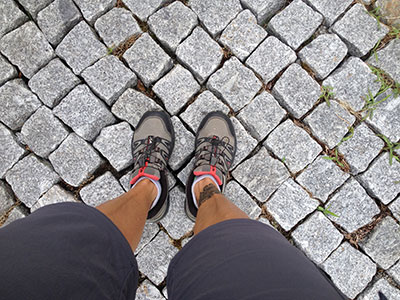
In mid-June I fly to Porto, Portugal, and begin my journey on a lonely beach pointing due north, following the painted yellow arrows that indicate the Camino de Santiago. It’s just me, a new backpack, worn-in walking shoes, and my inquiring thoughts. I’ve given myself 28 days.
In honor of my envy of Laura’s happiness, I decide I must follow in her footsteps—quite literally.
On the plane I had wondered, What is pilgrimage? What happens when I marinate in my own thoughts, keep company with myself? Encounter my physical and emotional edges? Answers will arrive, pushed up from the soles of my feet.
Raw loneliness paired with relentless coastal winds gives way to tears and doubt. Rainstorms make the first three days of hiking solo an endurance test. I search for but cross paths with no other pilgrims.
“Join us for Mass?” At last, a chance for companionship: three tough Polish women and their personal priest, who looks unnervingly like the incarnation of Heath Ledger. The Mass will be in Polish, and since I’m not a churchgoer, or even a lukewarm believer in organized religion, I opt out, fearing being trapped. Instead, I walk all morning in solitude.
While I’m lounging on the grounds of a charming stone church nestled on a steep hill in Northern Portugal, the Polish crew catches up. “This is my Mass,” I say. I’m a lizard, basking, melting, dreaming to a serenade of eucalyptus leaves chattering in the breeze. We begin to connect by sharing cookies, chatting in broken English, and offering shoulder and foot massages to each other and then spend the rest of the day hiking together.
Looking for Friends
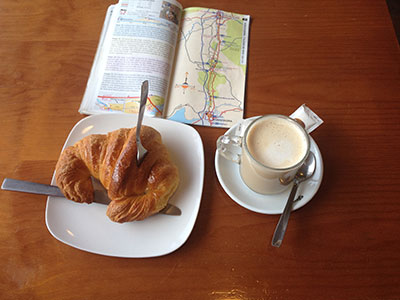
Yet I continue to scan the route for others. I long to find wild Latinos, Greeks, Irish folk to drink with. So far, the churchy Poles are all I’ve found. After only a day together, we are separated when they continue north on the coast, and I head further inland.
As I enter a village after walking all morning alone in the woods, a woman waves me toward her, displaying her basket of freshly gathered summer-ripe plums. I hold up the edge of my skirt, and she tumbles them in. Her kindness and my hunger collide, and I continue walking, plum juice and warm tears running down my chin.
The hostel in Valença, a Portuguese fortress town on the border of Spain, is packed with mountain-biking pilgrims negotiating space, organizing gear, and sharing food. Rising in me are relief and a splash of anger. I mutter “Where the hell have you all been….Why have I been so alone?”
“You’ve been hiking solo?” an empathetic elderly Dutch woman asks. I nod, tears springing again. She opens her soft arms, and I melt into her bosom, absorbing the maternal goodness. Finally I find friends: Spaniards, Italians, Mexicans, Brits. I experience what Laura described: camaraderie, trail magic, generosity, and the communal draw of cold beer on a hot day after a long walk.
“Will you take our photo?” a rugged Portuguese man beckons. “Where are you from?” he asks, and I tell him. Before we part, he takes my hand and says, “More Americans should walk the Camino. Then they’d understand life is about more than just money and war.”
The Rhythm of the Days
When the sun is brutal, I untangle from my pack and lie in the creek in my sports bra and shorts. The cold numbs my feet, soothes my shoulders, encouraging me to keep moving.
I continue walking, plum juice and warm tears running down my chin.
Croissants and cafe con leche at breakfast, tuna salad for lunch, cerveza in the afternoon, vino and calamari at dinner. The rhythm becomes 15 to 20 miles per day. “Por que caminas?” Why are you walking? Pilgrims ask each other this common and yet personal, even intimate question. Things get real on the Camino de Santiago. People get real. JoseLuis reveals his reason for walking, “My wife wanted to walk but never did. She died of cancer last year. I walk for her.” My heart opens. I realize this is why I walk: to expand my heart, to feel my humanity, to remember I am more than a mom and a wife. I’m a pilgrim. I’m a seeker.
I fall in with a Hungarian, a Russian, and an Aussie, and we celebrate with drinks and amazing seafood after our jubilant arrival in Santiago. We each receive our official Compostela Certificate—written and signed proof we walked more that 100 miles. We nap and clean up, then meet for a roof tour of the famous Romanesque-Baroque Santiago de Compostela Cathedral. We have arrived.
The End of the World
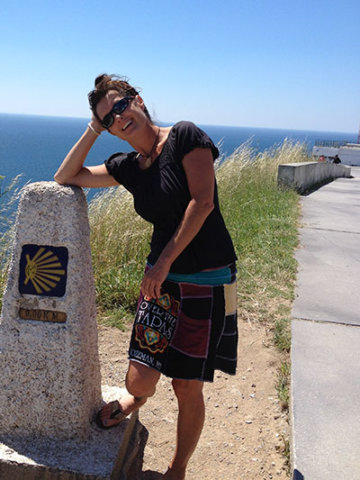
The author at the end of the road.
Santiago is magical. It’s full of pagans, witches, druids, saints, and Catholics. Today is about reunion and celebration and shrieks of joy. Sitting in the Plaza de Obradoiro listening to live music, I glimpse my Polish crew. “We did it! It was so beautiful!” we murmur as we hug and cry. The priest puts his hands on my head and blesses me in Latin while I weep. I’m now ashamed that had I wanted other pilgrim friends. I love my Polish comrades. We clutch each other with the bittersweet mixture of joy and loss and loneliness and the relief of human connection.
We clutch each other with the bittersweet mixture of joy and loss and loneliness and the relief of human connection.
I decide to continue my journey and walk to the beach, to a place called Finisterre, which means “the end of the world.” Not everyone opts to continue walking after Santiago, but since I have some time, I head deep into Galicia, visiting Muxia and then Finisterre, where I befriend Roxana from Michigan and Tony from Italy. We stroll together, taking photos and tearing off pieces of baguette while tipping bottles of local wine into each other’s mouths. Tony and I do headstands while singing and cracking off-color jokes until Roxana shares about her brain tumor. “I keep waiting to die. But until I do, I’ll enjoy this life.” I’m struck by how that statement is true for all of us—cancer or no cancer.
We find the famous hidden beach for the traditional end-of-journey bonfire where pilgrims are invited to incinerate something as a ritual of completion. It seems there is a pilgrim here representing every country on Earth. I remove my bra under my shirt and toss it in the flames, thinking about how this walk has allowed me to release constricting thoughts, release constricting schedules, even release constricting expectations of myself, and now I’ve released my constricting bra. The firelight dances in people’s eyes, and they are singing, strumming guitars, laughing. It feels like freedom.
Slipping from my bed in the communal hostel at dawn, I avoid the unbearable goodbyes with Tony and Roxana. I board a bus back to Santiago to catch my flight home the next day. The smell on the bus is urine and pine cleaner, and I long to get out and just walk, my feet on the earth. As I nod off on the bus, my thoughts turn toward prayer.
What if everyday is a pilgrimage? What if everyone I meet is a pilgrim?
Por que camino? Why do I walk?
To. Feel. Alive.
Buen Camino.
Read More: Here’s Why One Woman Prefers Traveling Solo
A version of this story was originally published in March 2022.

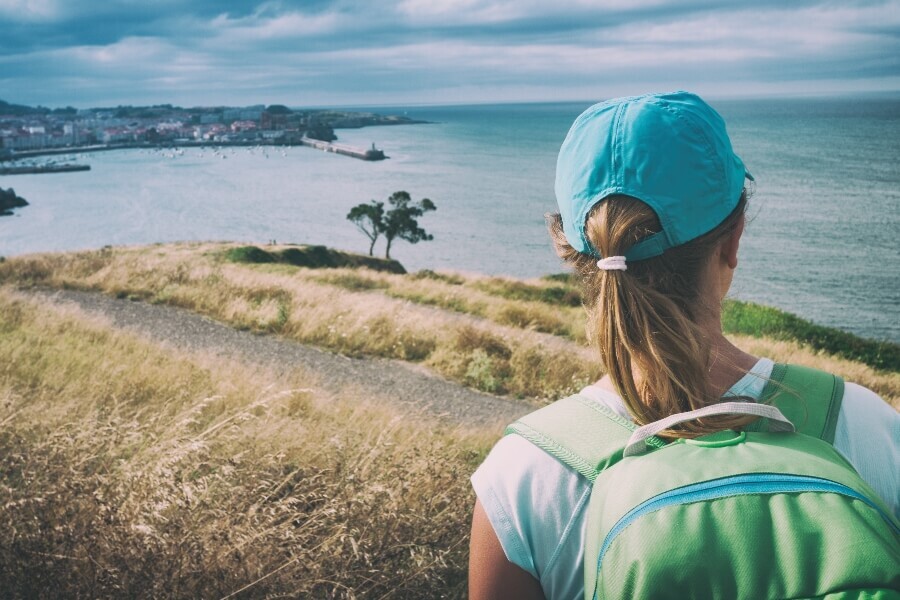
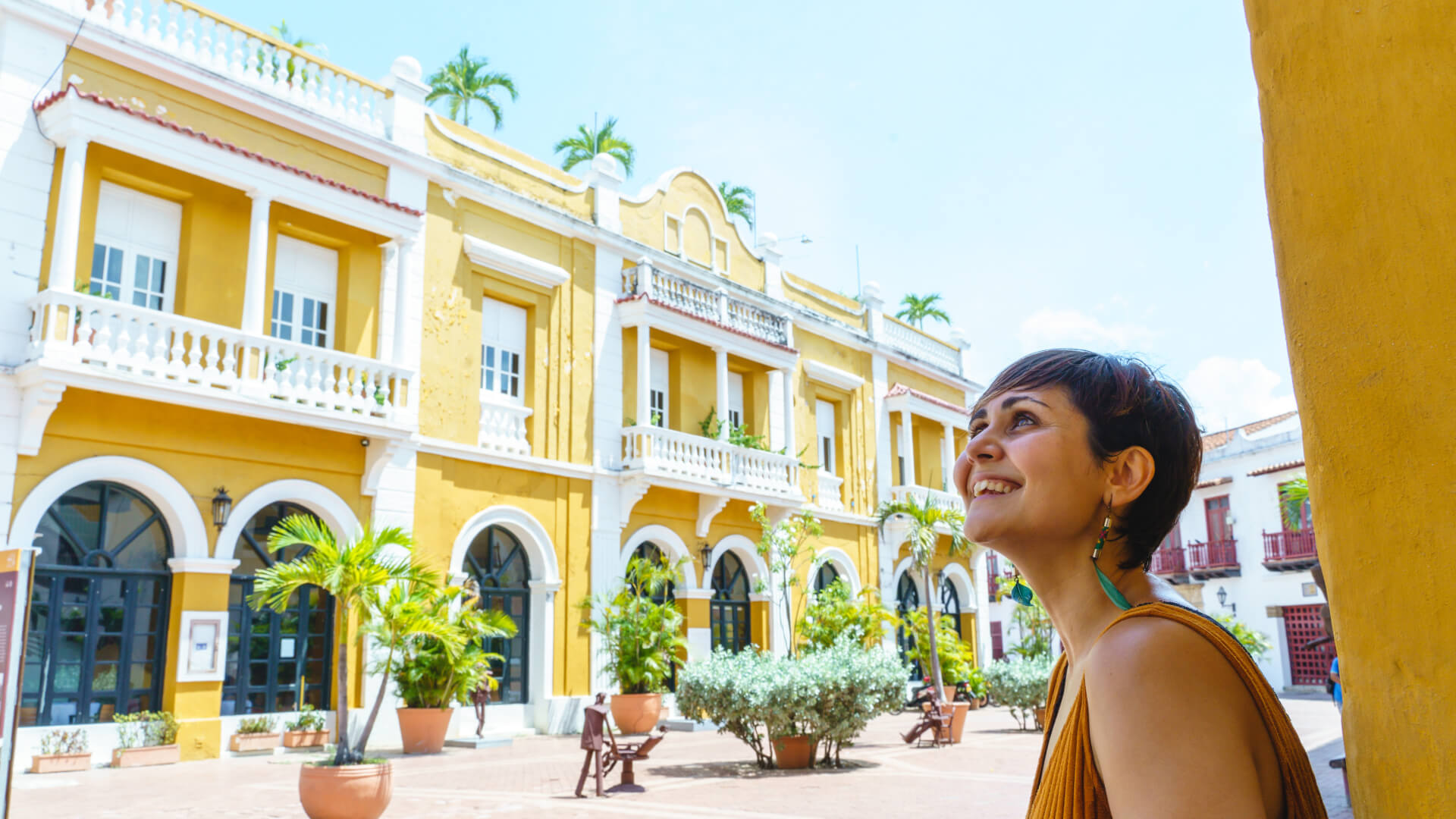
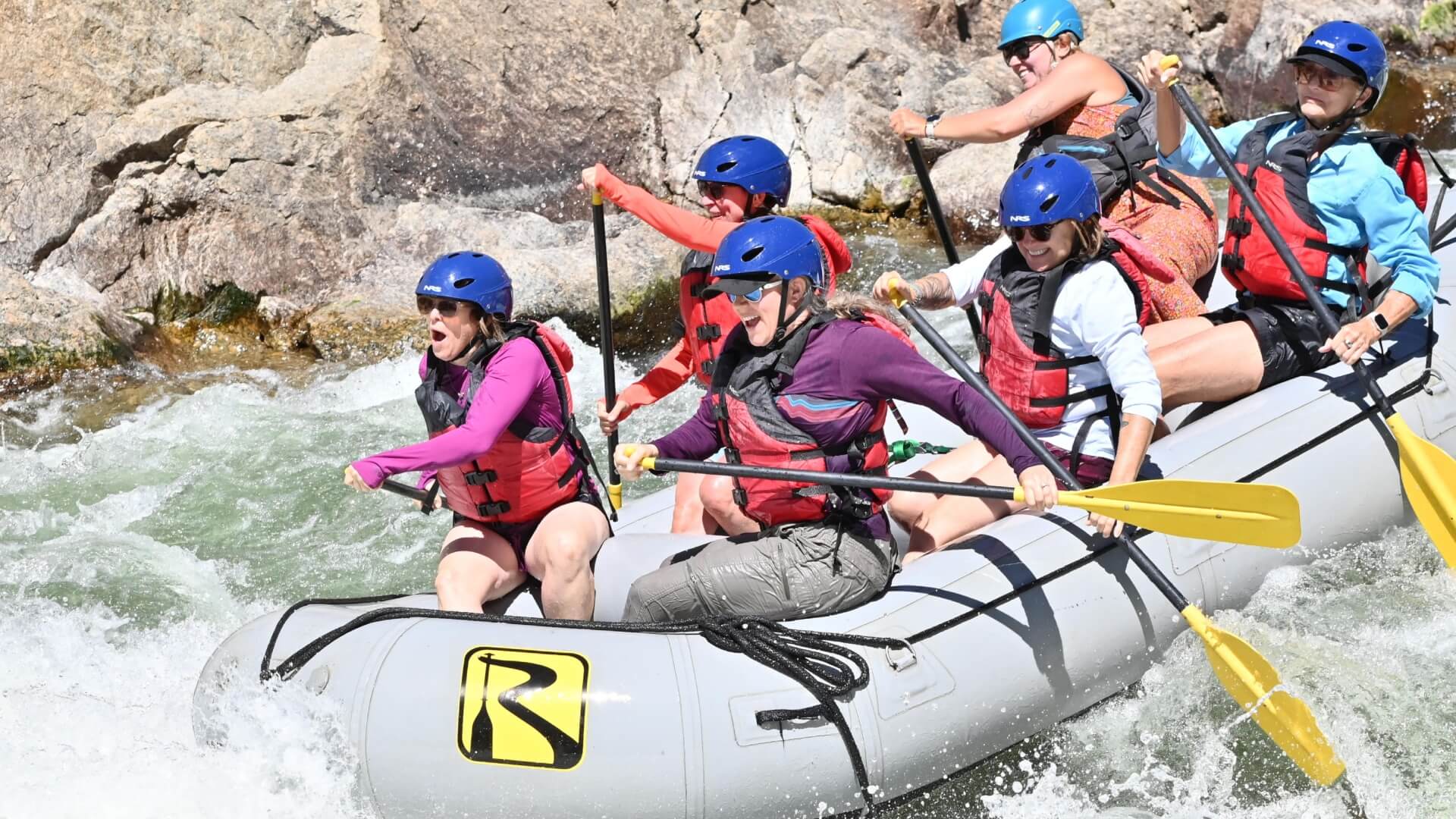

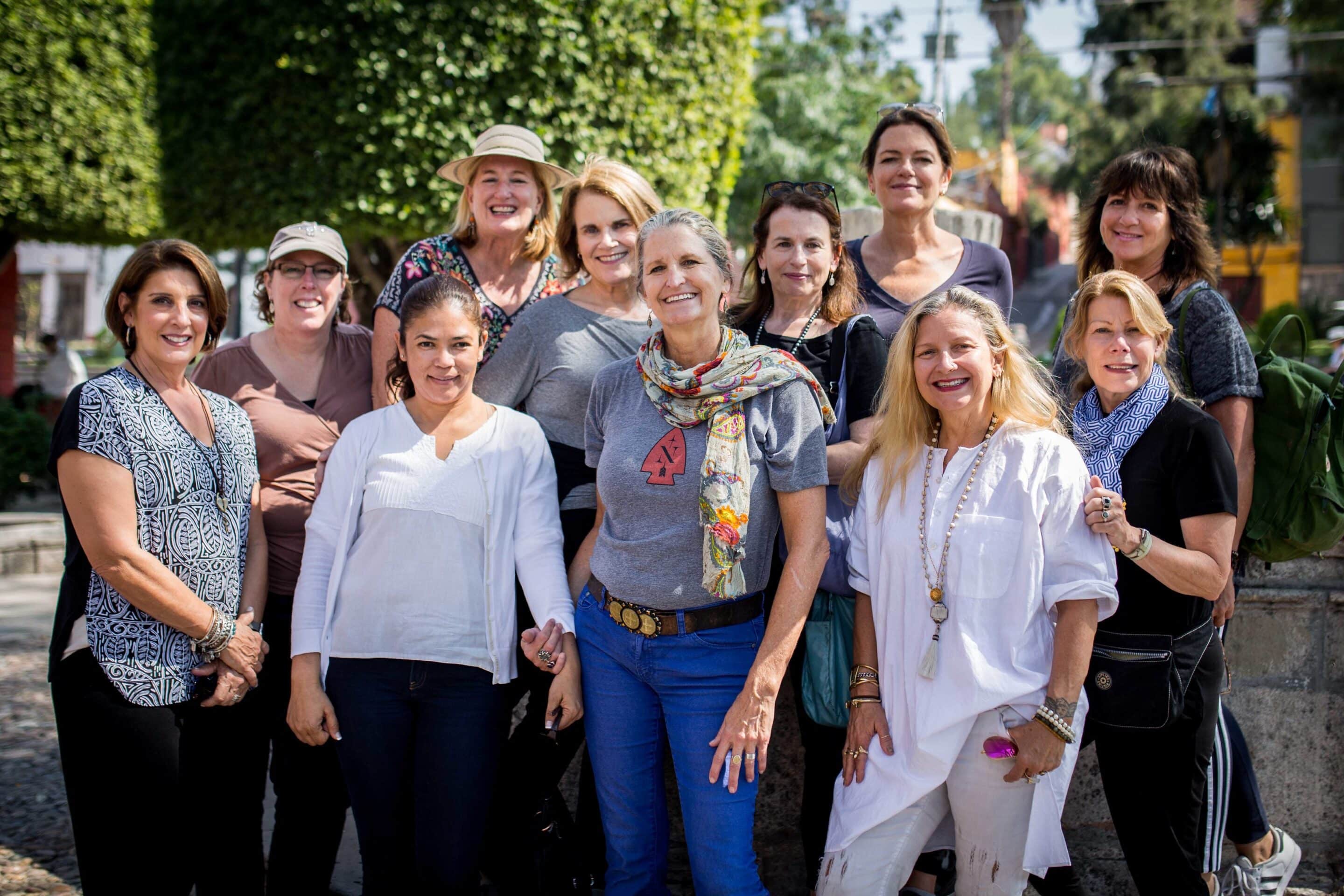

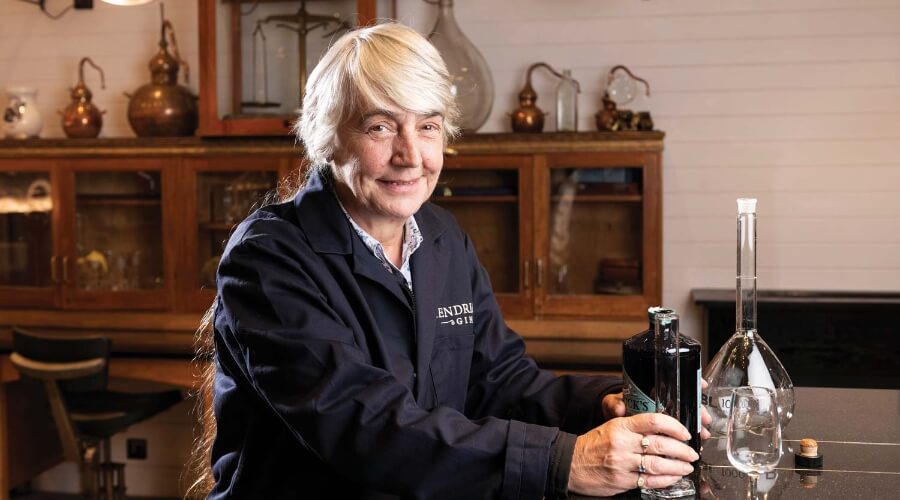
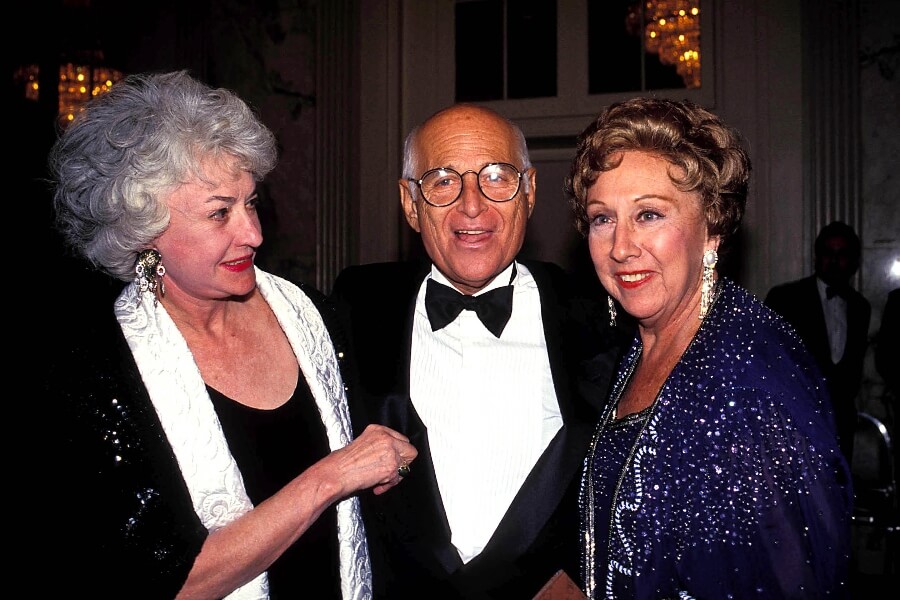
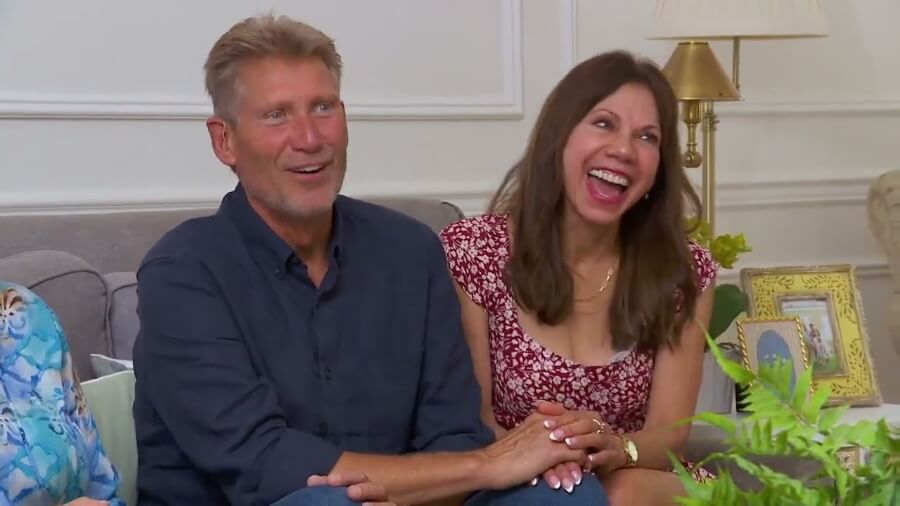
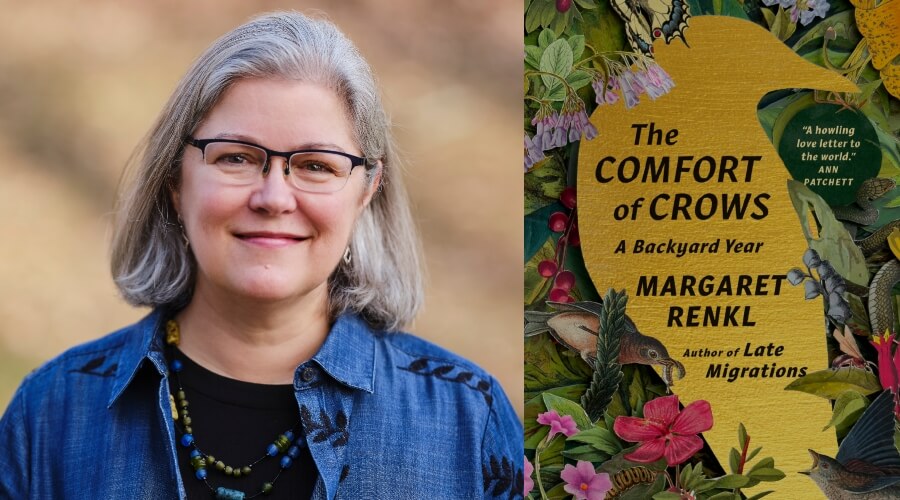


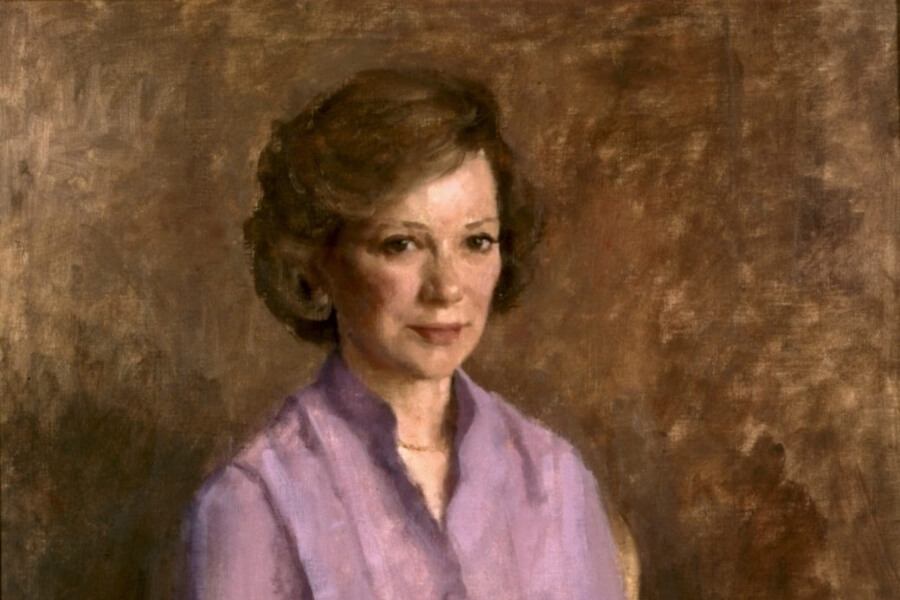


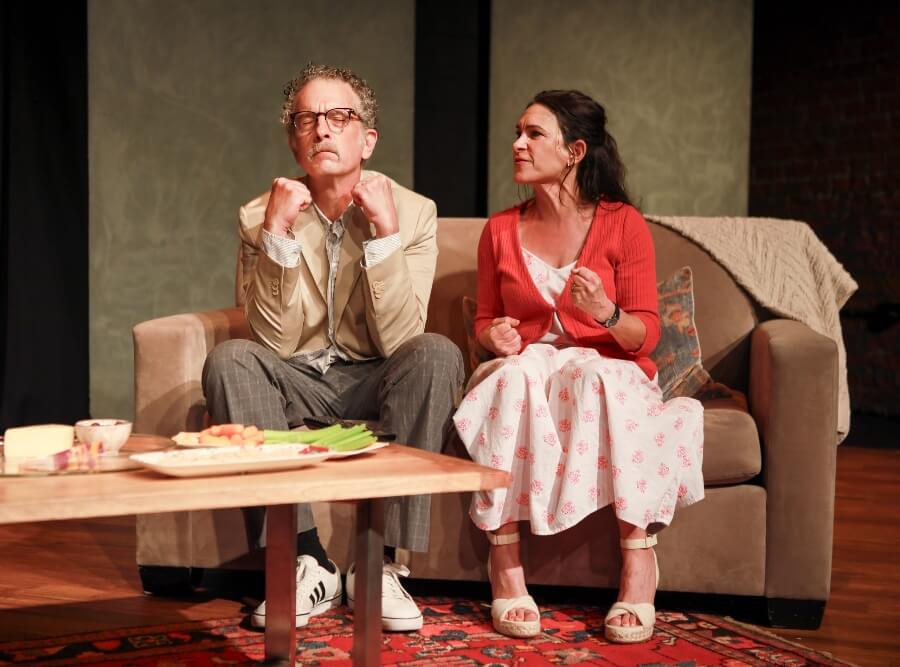
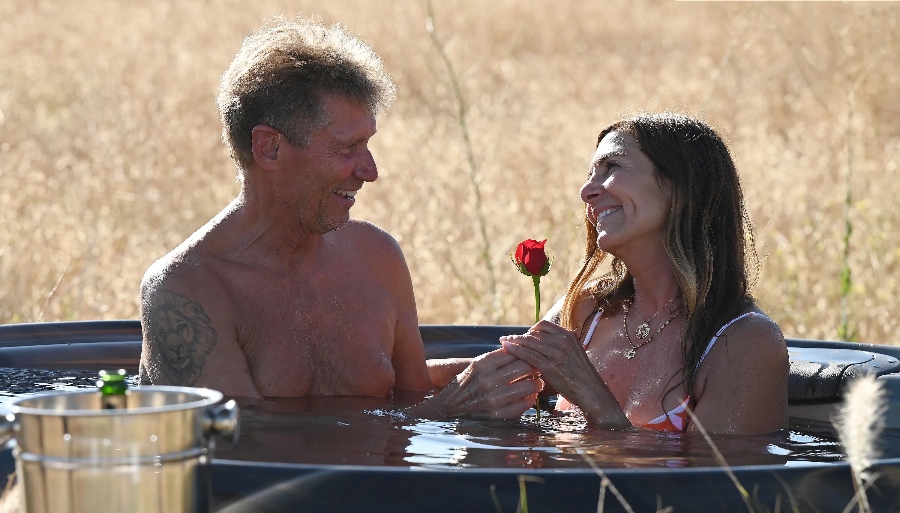


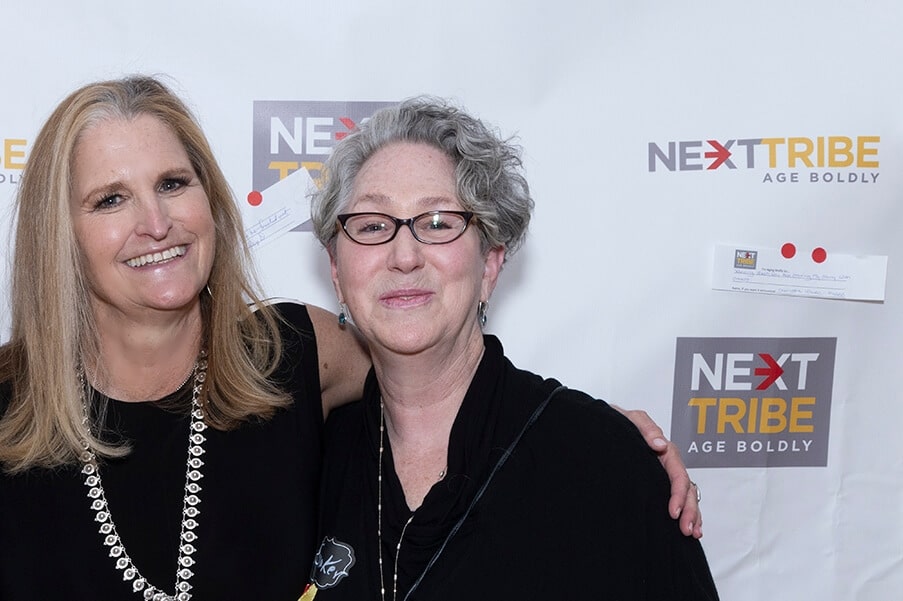


0 Comments